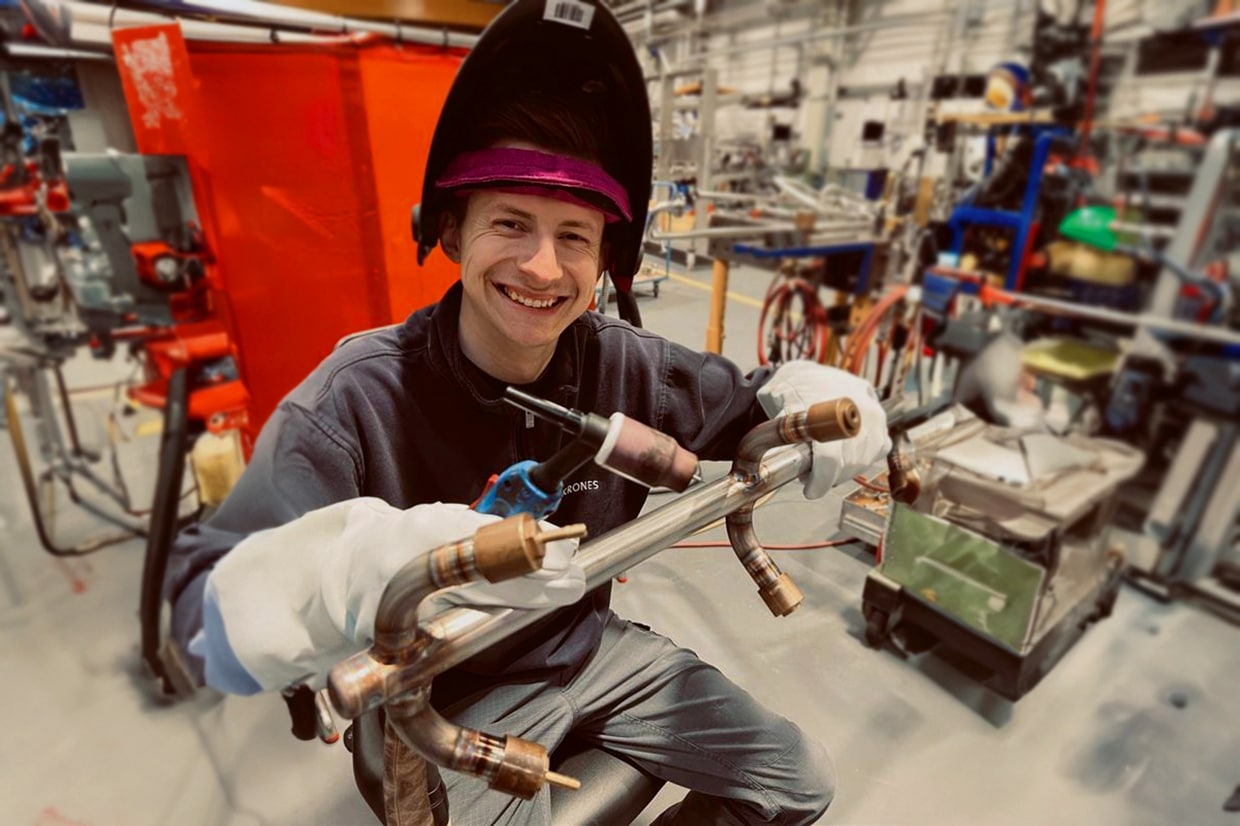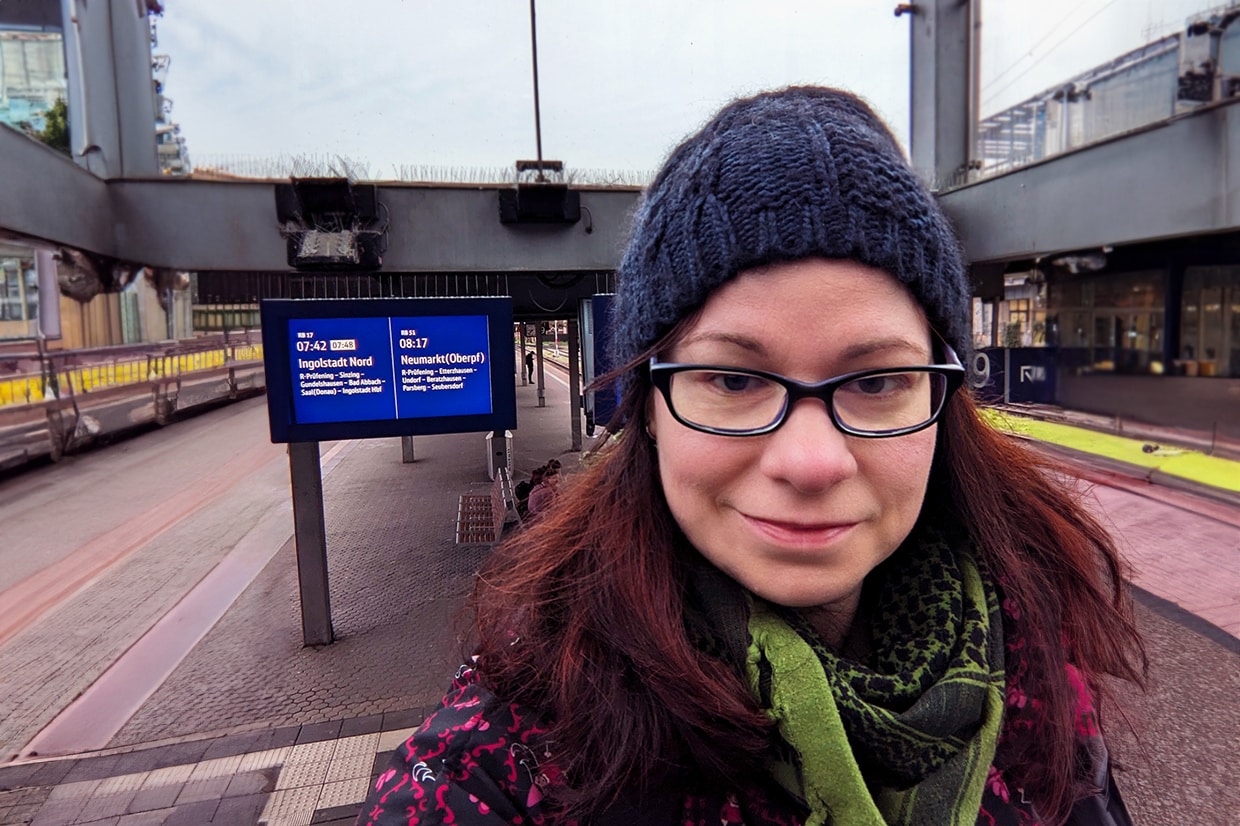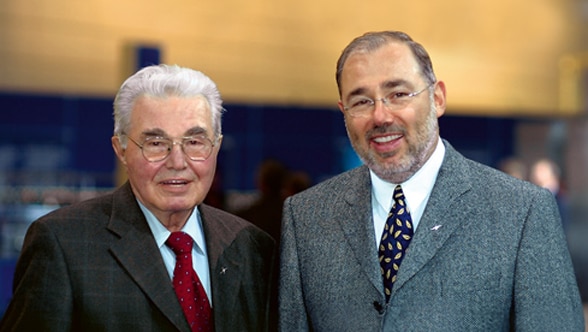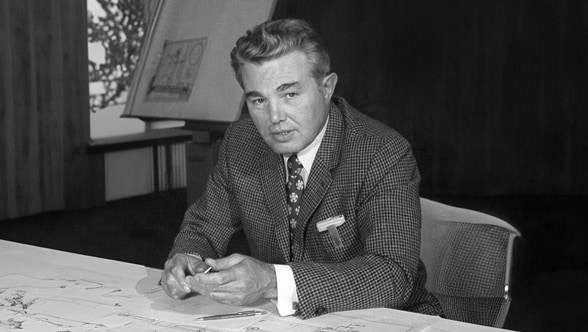Especially shift workers at Krones have it anything but easy to get to work without using their own car. For a long time, pipe welder Thomas Kneitschel had been setting a positive example by using public transport. Now, however, a timetable change is throwing a spanner in the works for him – and for many others, too.
But let's start from the beginning. Thomas Kneitschel had been using public transport to get to work for almost two full years – despite working shifts. He took the conscious decision to leave his car behind for the sake of the planet. It all started with the introduction of the nine-euro ticket. At the time it simply made sense to try and make the journey to work more climate friendly. “Nine euros isn't much to lose if it doesn’t work out,” Kneitschel thought. “But in fact it worked out astonishingly well.” That persuaded him to stick with it. As everyone knows, the ticket price then rose to 49 euros, but that was still worth it for Kneitschel. “Krones subsidises the ticket, after all, so it only costs 30 euros a month. When I consider that I would travel to work and back again by car every day, then perhaps take a little diversion on the way to go shopping or something like that, the costs of fuel and so on quickly add up to that sort of amount anyway,” he said at the end of last year. So Kneitschel continued his strategy for as long as he could: walk 600 metres to the railway station in his home village of Sünching, get off at Burgweinting and then take the e-bus to right in front of the plant.














